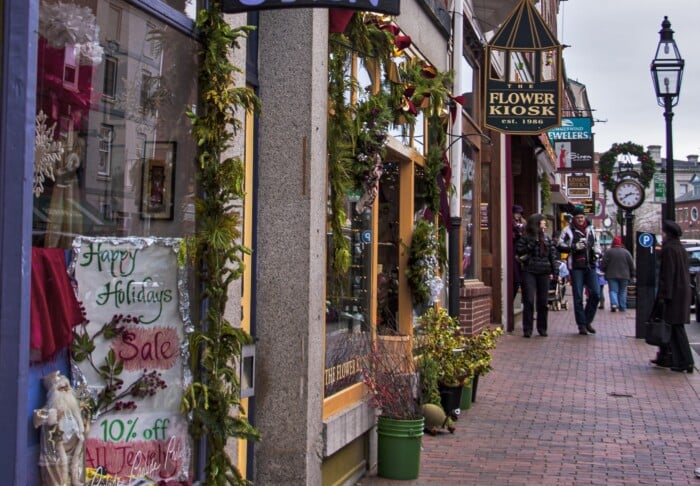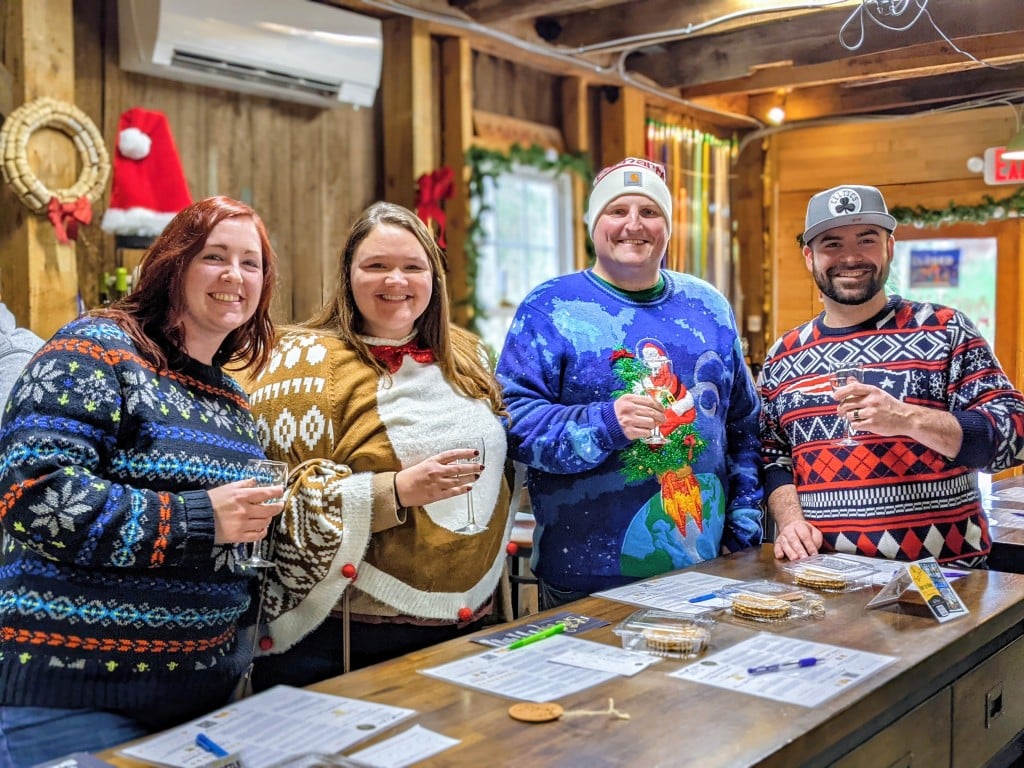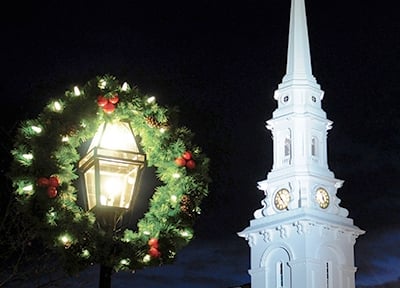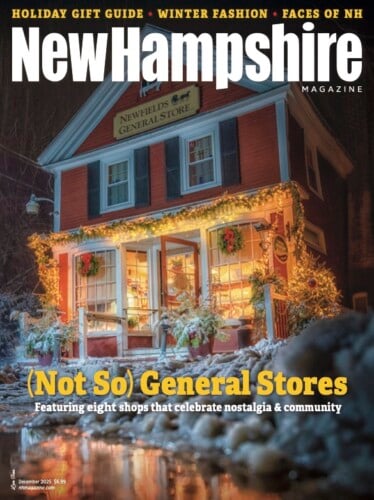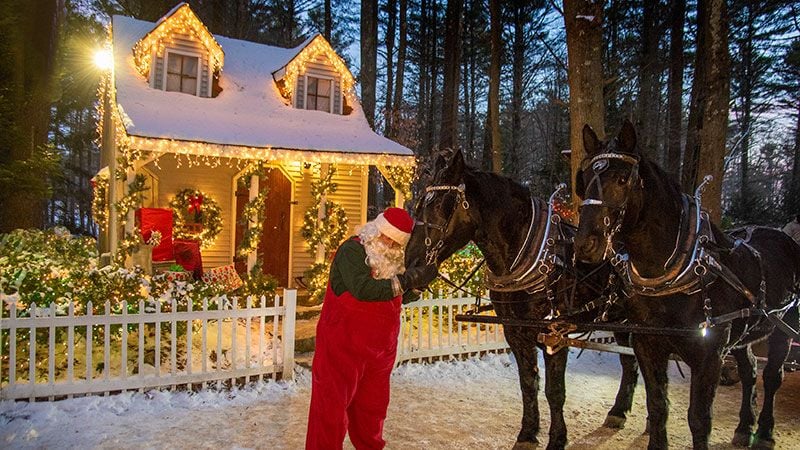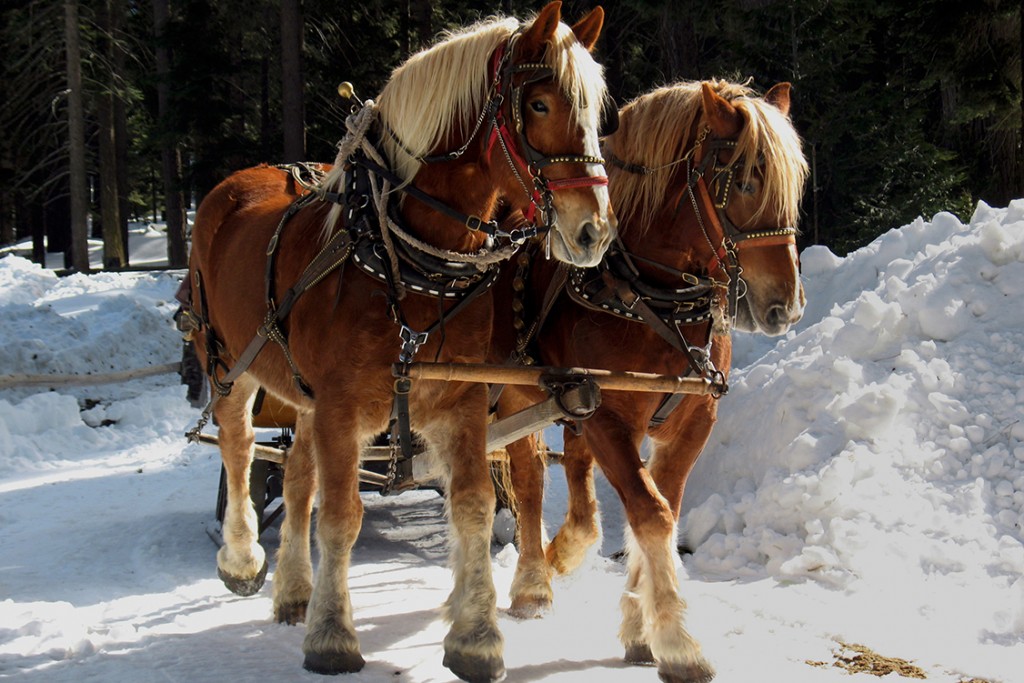Milton’s Natural Charm Beckons
Architecture, music and farming history abounds in Milton

The New Hampshire Farm Museum
When the northern section of the Spaulding Turnpike was opened in 1981, it replaced the previously busy old Route 16 through the town of Milton. Now renumbered as Route 125, it leads north from Rochester, paralleling the Salmon Falls River to the town of Milton and the shores of two of the Milton Three Ponds. From there, it follows the crest of Plummer’s Ridge north into Union.
Driving through the town today, even at its busiest in the summer when the lakes draw vacationers to the cottages and campgrounds that surround them, it’s hard to imagine that it was once a booming mill town. In 1893, Jonas Spaulding opened a leatherboard mill in Milton, where they developed machinery to make vulcanized fibers and manufactured sturdy containers, including lunch boxes and violin cases. It wasn’t long afterward that Ira W. Jones realized the location’s abundant water power, and opened I.W. Jones Engineers to build water-powered factories, dams and hydroelectric plants. At the height of these industries, a five-story brick mill building stood beside the railway tracks and several others clustered nearby.
Milton attracted more than factories. In fact, before the booming mill days, the Milton Ice Company — and four other similar firms — were drawn by the abundant supply of ice on the ponds, blocks of which the companies harvested, stored and shipped to Boston and other eastern cities. Milton Ice Company alone shipped as many as 100 carloads daily in the 1880s.
Modern refrigeration made the ice harvesting industry obsolete, but Milton still has a popular use for the ice that covers the ponds each winter. For more than 70 years, car races have drawn spectators to watch cars, mostly 8-cylinder models from the 1970s, skid around the track’s curves on the frozen lake. Races are held on Sunday afternoons whenever the ice is more than a foot thick. In the summer, the three contiguous ponds — more like lakes, as they combine to form upward of 1,200 acres of water — buzz with boats. The ponds spill over the border into Lebanon, Maine.
As you might expect from a town with a history of prosperous manufacturing, Milton has some interesting old buildings. Most impressive is the Milton Free Public Library, a French Second Empire-style building with a mansard roof and a bell tower. It began life as a schoolhouse in 1875, and it still has its school bell in the tower. Even earlier is the Milton Town House, built in 1803.
Liberty Chapel, the small Congregational Church on Highland Aveue in Milton Mills, also dates to the 1800s, and claims an unusual distinction: At the top of its spire is a hand pointing a finger toward the sky. The building was originally the Milton Mills Methodist Church, and the original hand atop the steeple was carved from a single block of wood by Erastus Shaw. That hand is now in the collection of the Milton Historical Society.

The Music Mill guitar and music store
On alternate Saturdays at 6 p.m., the church hall at Liberty Chapel hosts the Liberty Music Gathering, an acoustic jam hosted by Gordon and Wendy Parsons, owners of The Music Mill. The public is invited to bring their musical instruments and join the jam or just come to enjoy listening. The Music Mill is a guitar and music store in a series of attached farm buildings on Church Street.
Milton has a number of these traditional farms with connected houses and barns. Once a common sight throughout New Hampshire, they have fallen victim to the very thing that made them convenient. Being connected meant that farmers could reach barns and livestock in the winter without having to go outside, but it also made them susceptible to destruction, as a fire started anywhere raged from one building to the next.
A good description of these, titled “Big House, Little House, Back House, Barn,” is on a large signboard at the New Hampshire Farm Museum, describing the layout, chronology and reasons for attached farm buildings. The museum occupies one of these sprawling complexes of barns and outbuildings on Plummer’s Ridge. It and the neighboring Plummer Farm, also part of the museum, are listed on the National Register of Historic Places.
The 104-foot-long great barn houses collections of early farm tools, and the museum’s exhibits describe rural life and agriculture in past centuries. Visitors can see heritage breed farm animals, including Gloucestershire Old Spots pigs and Merino sheep, and during special weekend events, such as the Farm Harvest Day, they can join in activities such as pressing apples to make cider, shelling beans, stringing apples and pumpkins to dry, and riding in a horse-drawn wagon. The farm store, which is open June through October, sells locally grown vegetables and plants and grass-fed, hormone-free meats.
Visitors can also see kitchen and household utensils on a tour of the farmhouse, home to generations of the Jones family. In the last generation of the family to live here was Robert Edmond Jones, the man who revolutionized stage design, creating the sets for more than 60 Broadway shows. He went on to be one of the early figures in technicolor filming in Hollywood. He began his education at the little Plummer’s Ridge Schoolhouse No. 1, not far south of the Farm Museum on Route 125.
Connecting to the New Hampshire Farm Museum and the adjacent Branch Hill Farm and McKenzie’s Farm, the newly opened Plummer’s Ridge Forest and Farms Hiking Trails stretch almost seven miles through 400 acres of conserved fields and woodlands. McKenzie’s Farm is a three-generation family farm that grows berries, fruits and vegetables for pick-your-own and sale at their farm shop (which is also known for its delicious cider donuts).

